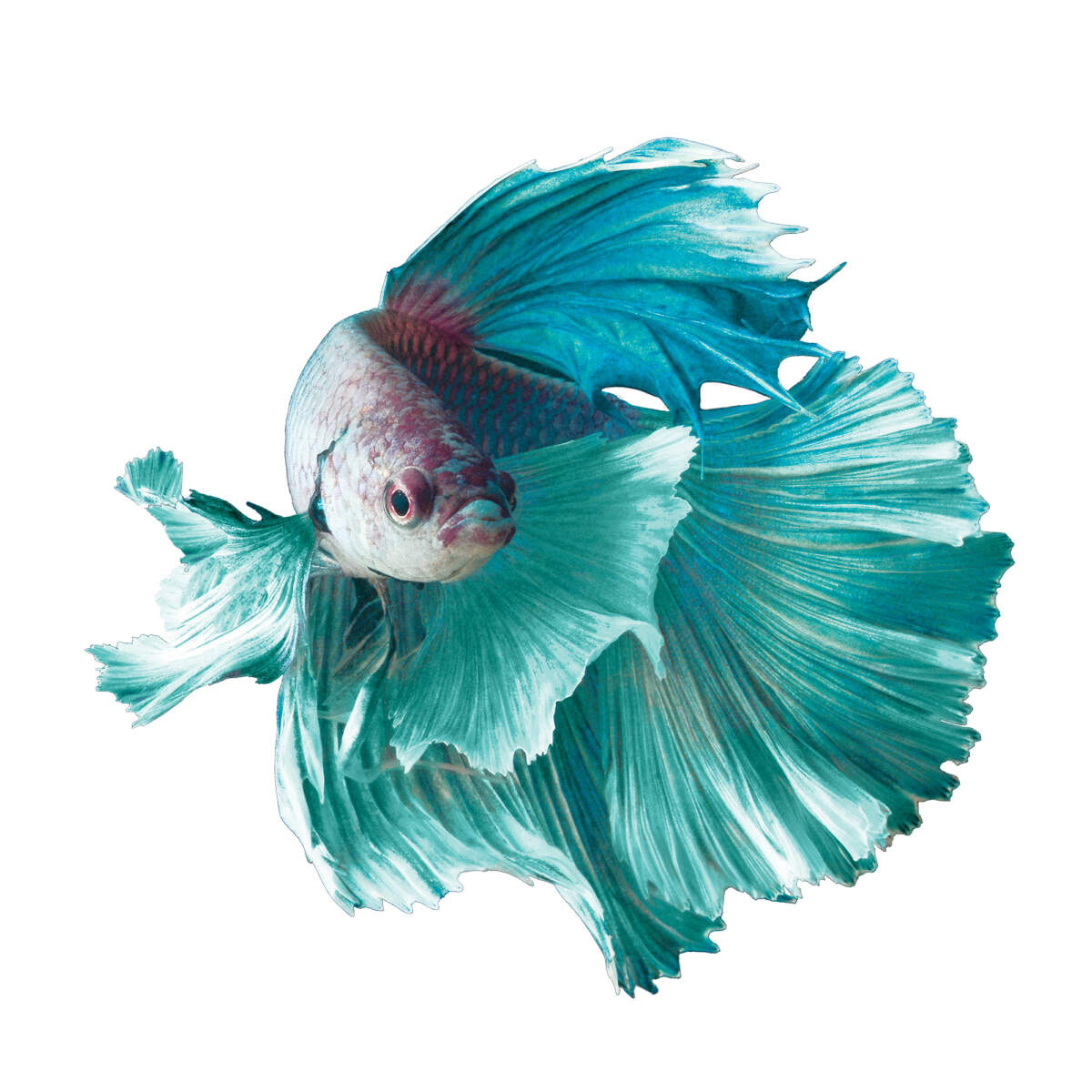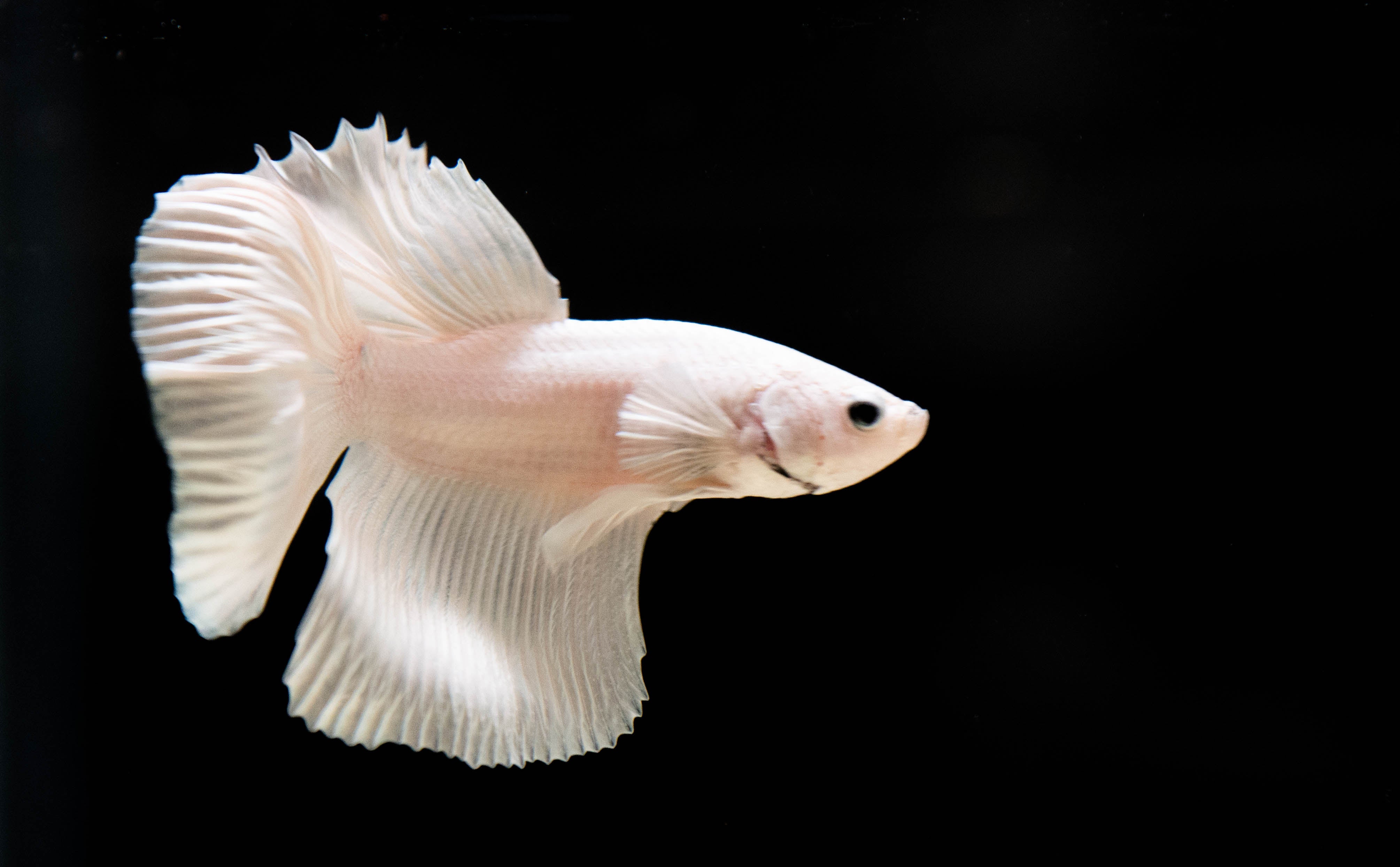Usual Betta Fish Diseases and Just How to avoid Them
Usual Betta Fish Diseases and Just How to avoid Them
Blog Article
Everything About Betta Fish: Recognizing Their Special Requirements, Actions, and the most effective Practices for Optimum Care
Recognizing the unique needs and behaviors of Betta fish is vital for any type of aquarist looking to give optimum treatment. betta fish. As we discover these components better, the implications for both novice and experienced fish keepers become increasingly obvious, elevating inquiries concerning exactly how finest to fit these impressive fish in our homes.
Betta Fish Review
Although usually appreciated for their vibrant colors and flowing fins, Betta fish, scientifically referred to as Betta splendens, are complex animals that call for details treatment to flourish. Originating from Southeast Asia, these freshwater fish are recognized for their territorial nature and one-of-a-kind actions. Betta fish display sexual dimorphism, with males displaying more vivid shades and longer fins than women.
Their aggressive tendencies, particularly amongst males, necessitate careful factor to consider when real estate them. Bettas are usually maintained in single-specimen containers to stop territorial disputes. They can coexist in harmony with specific suitable types in larger neighborhood containers, supplied the environment fulfills their requirements.

To make certain optimal care, aquarists should comprehend their special behavior characteristics, dietary requirements, and environment demands. betta fish. With correct focus, Betta fish can show their vivid individualities and flourish in a well-maintained aquarium setup
All-natural Habitat and Atmosphere
Betta fish prosper in a diverse series of all-natural environments, mostly located in the superficial waters of Southeast Asia, consisting of rice paddies, swamps, and slow-moving streams. These atmospheres are characterized by cozy temperature levels, normally between 75 ° F and 82 ° F(24 ° C and 28 ° C ), and a pH level varying from 6.5 to 7.5, which is suitable for their wellness and health.
In their natural surroundings, Betta fish are accustomed to thick vegetation, providing both sanctuary and reproducing grounds. The presence of plants such as drifting water lilies and thick turfs not only supplies security from predators but additionally adds to the oxygenation of the water, which is crucial for their breathing needs. In addition, these atmospheres often have locations of still water, allowing Betta fish to show their all-natural actions such as bubble nesting.
Recognizing the natural environment of Betta fish is critical for aquarium fanatics. Duplicating these problems-- with water temperature, pH equilibrium, and the inclusion of online plants-- can considerably improve the overall health and wellness and longevity of these fascinating fish, guaranteeing they grow in a home aquarium setting.
Social Actions and Interactions
Understanding the social behavior and communications of Betta fish is vital for effective fish tank monitoring. Betta fish, or Siamese combating fish, are understood for their special behavior attributes, characterized mostly by territoriality and aggressiveness.
Alternatively, women Bettas show much less hostile actions and can exist side-by-side in teams, called sororities, if introduced appropriately. It is essential to important link monitor their interactions closely, as power structure and prominence can lead to disputes. Comprehending the dynamics within a Betta community is essential; developing concealing areas and guaranteeing sufficient space can mitigate aggressiveness.
On top of that, Betta fish may also display inquisitiveness and social habits towards various other types. While they can coexist with particular non-aggressive storage tank mates, it is necessary to pick suitable types to avoid stress and anxiety and aggression. On the whole, identifying these social interactions is key to cultivating a harmonious fish tank atmosphere for Betta fish.
Essential Treatment Guidelines
Giving correct look after Betta fish is essential to their wellness and wellness. To make certain a successful atmosphere, it is essential to preserve optimum water conditions. The water temperature should be maintained between 76 ° F and 82 ° F(24 ° C to 28 ° C), while pH levels need to range from 6.5 to 7.5. Normal water changes-- around 25% weekly-- assistance preserve this website water quality.
Betta fish require an appropriate container dimension; a minimum of 5 gallons is recommended to supply ample space for swimming and hiding. Include decors and plants to create a stimulating atmosphere, but prevent sharp things that can harm their delicate fins.

Finally, ensure the tank is outfitted with a filter to maintain the water clean, but make use of a mild filter to stay clear of strong currents that can stress the fish. By following these important care standards, owners can promote a healthy and balanced and lively Betta fish.
Common Health Issues and Solutions
In the care of Betta fish, awareness of usual health and wellness issues is crucial for keeping their wellness. One widespread problem is fin rot, frequently caused by bad water quality or bacterial infection. Symptoms consist of frayed or blemished fins. To treat fin rot, improve water problems and consider making use of a broad-spectrum antibiotic.
One more typical condition is ich, a parasitic infection characterized by white places on the fish's body (betta fish). Treatment entails enhancing water temperature level and adding fish tank salt to the container, as this can help remove the parasite
Swim bladder problem is also often observed, bring about buoyancy problems. This condition might arise from overfeeding or constipation. A fasting period of 24-48 hours, complied with by a diet plan of blanched peas, can give relief.
Finally, bettas might struggle with velvet illness, shown by a gold dust-like view it now look on their skin. Treatment normally calls for medication especially designed for external bloodsuckers, together with boosted tank hygiene.
Routine tracking of water criteria, keeping a tidy environment, and offering a balanced diet plan are vital safety nets. By dealing with these health and wellness problems immediately, Betta fish can lead much healthier, extra vibrant lives.
Final Thought
In recap, successful betta fish treatment requires an understanding of their special needs and actions. Regular surveillance of health and water top quality, along with a balanced diet plan, adds to the durability and vibrancy of betta fish.
Report this page